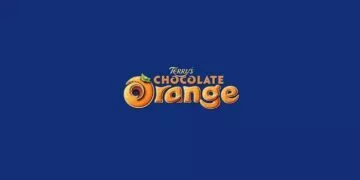For those with a sweet tooth, chocolate is probably something you simply cannot live without.
Even the take-it-or-leave-it types often find themselves struggling to resist the appeal of a Mars bar or a Kit-Kat.
With so many varieties available, it doesn’t even matter whether you don’t like dark chocolate or you absolutely love white chocolate – there’s something for everyone.
However, few of us stop to think about the history of chocolate and how it actually came to be on the shelves of our stores today.
Who first discovered the cocoa tree?
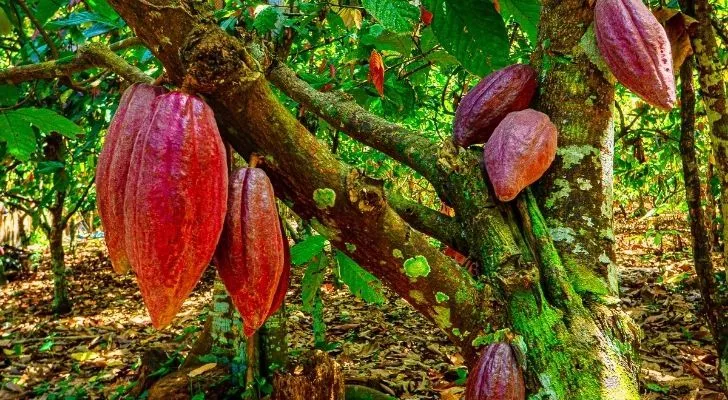
We have the Latin Americans to thank for the fact that we have chocolate in such abundance in the 21st century.
People who lived in South-east Mexico around the year 1000 BC discovered the cacao tree, although whether they actually used it for anything is a different matter.
Much later, in about 300 AD, the Mayan people came along and decided that they can do a lot of things with these cacao beans.
However, you might be surprised to discover that they didn’t start making chocolate cakes and munching on the delicious beans…
Chocolate was used as currency… kind of!
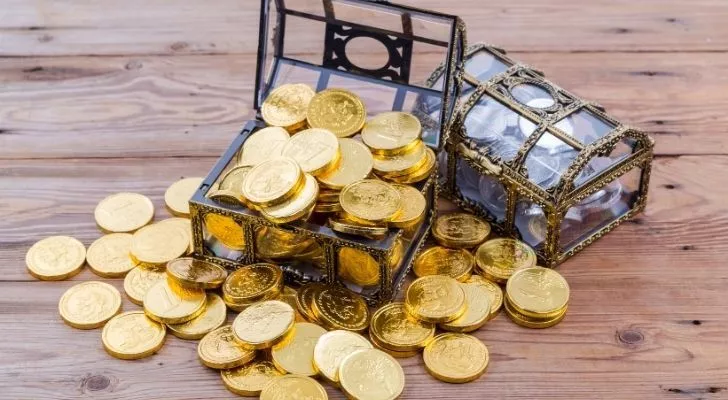
The Mayans began to use cacao beans as a form of currency, buying everything from animals to slaves with the cacao beans.
You’d need around 100 beans to buy yourself a slave, which got some people spending hours making counterfeits!
Since chocolate was used as a form of currency, many of the Mayan people simply couldn’t afford to eat it.
Only the wealthy were able to eat and drink chocolate, which was harvested before being fermented and dried.
Lovers of chocolate may not be surprised by the fact that the Mayans also used their cacao beans during religious ceremonies.
A bridge and groom would give each other chocolate, and there was even a cacao god which they worshiped.
From beans… to chocolate!
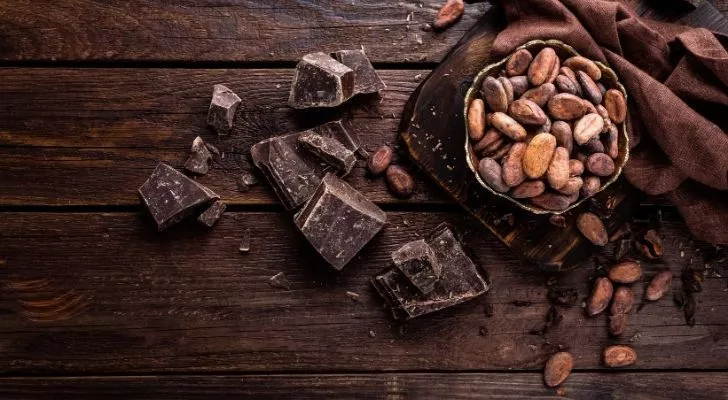
Fast-forward a few hundred years, and Christopher Columbus had made his way over to this part of the world.
While hauling a large load of supplies onto their ship in 1502, Columbus and his men happened by chance to find some cacao beans when they accidentally fell out.
Seventeen years later, Hernán Cortés came to conquer Mexico and tasted some of the cacao beans while he was there.
He didn’t like it at all (what was wrong with him?!) and even said that it was more suitable for pigs than for people.
After he conquered the Aztec Empire, he decided not to get rid of the cacao beans entirely, but to continue using them as currency.
The Aztecs weren’t the only people which Hernán Cortés conquered, since there were also many islands in the Caribbean that the Spanish ended up owning.
Some bright person came along and found out that many of these islands had sugar.
The act of adding sugar to the cacao beans made the chocolate much less bitter and much more desired as a food substance.
Now that it tasted so good, it seemed that everybody around the world wanted to try it out.
Not only was it being used for medicinal purposes, but by the 17th Century, cacao plantations were being developed, chocolate houses were opening and large quantities of the stuff was being shipped across the world.
Chocolate and Valentine’s Day
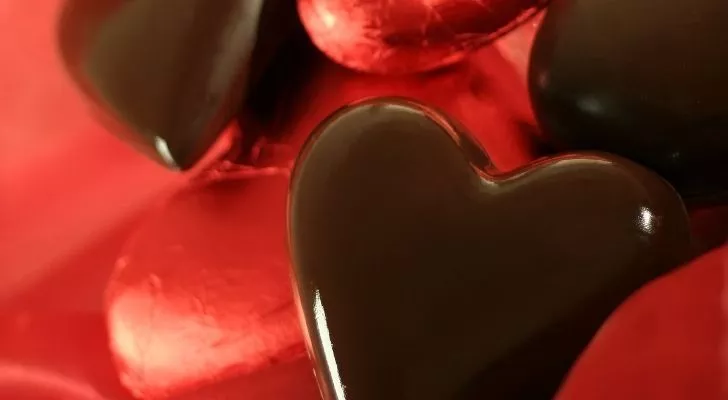
The association of chocolate with Valentine’s Day really kicked off in 1861, when Richard Cadbury, the founder of the famous Cadbury’s chocolate company, had an idea.
He thought that by packaging a selection of small chocolates in a heart-shaped box, he would make huge profits when February 14th arrived.
He wasn’t wrong, and consumers loved the idea, especially since they could eat the confectionery and then save the beautiful red box as a keepsake!
To this day, you can still find heart-shaped boxes full of chocolates in gift shops and other stores.



